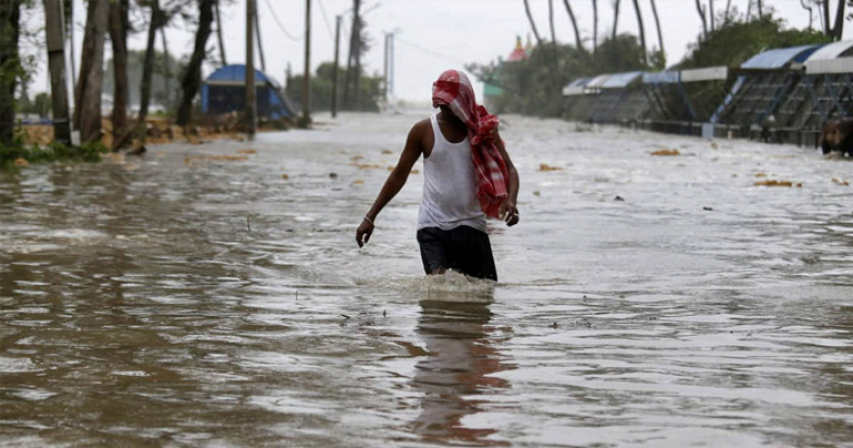About 15 lakh people had been evacuated from different districts of the State, mostly from Purba Medinipur and South 24 Parganas districts, according to Chief Minister Mamata Banerjee.
The swift and timely evacuation of people from coastal areas of West Bengal in view of Cyclone Yaas saved many precious lives but has also increased the chances of the spreading of COVID-19 infection.
Despite repeated appeals by Chief Minister Mamata Banerjee that COVID-19 protocols be followed at the cyclone shelters, the situation on the ground was different. According to Ms. Banerjee about 15 lakh people had been evacuated from different districts of the State, mostly from Purba Medinipur and South 24 Parganas districts.
Experts said that disaster preparedness had never taken into account the impact of a pandemic where infections could spread from person to person. The focus of evacuation had been on rescuing as many people in a short span of time to cyclone shelters or higher areas.
“It is like being caught between the devil and the deep blue sea. If people are not evacuated and put in cyclone shelters they are under serious threat and putting people together in cyclone shelters increases the danger of the spread of COVID-19 infection,” Punyabrata Gun, a public health expert, said.
Dr. Gun, convener of the Joint Platform of Doctors, said that with breaches of embankments being reported in several places in Sunderbans, the people might have to stay longer at the cyclone shelters and there was a risk of water-borne infections as well.
Tuhin Ghosh, director of the School of Oceanography, Jadavpur University, said that breaches of embankments this year was high compared to May 2020 when cyclone Amphan battered coastal regions of the State.
“Lakhs of people were evacuated during Amphan and what we saw last year was a rise in COVID-19 infections after the cyclone, particularly in North and South 24 Parganas districts,” Prof. Ghosh said, adding that infections had increased manifold in May 2021 compared to May 2020.
Like Dr. Gun, Prof. Ghosh also added that the breach of embankments at several places had led to large areas in the Sunderbans being inundated, forcing people to extend their stay in shelters even after the cyclone weakened.
South 24 Parganas is one of the severely affected districts due to the pandemic. In the past 24 hours, the district has reported 12 deaths due to the viral infection, the third highest after Kolkata and North 24 Parganas. As certain areas in the district are isolated islands, providing people access to health facilities is also a challenge.
Ajanta Dey, Member, Commission on Ecosystems Management (CEM)-International Union for Conservation of Nature (IUCN), said that the population density in Sunderbans, which was ecologically fragile, was higher than the country’s average. She said the people there were facing nature’s wrath in the form of cyclone Yaas along with the COVID-19 pandemic.
Ms. Dey, who has worked extensively in the Sunderbans, said there was also the fear of water-borne infections spreading among the areas where there had been ingress of saline water.
Along with Purba Medinipur district, which borders Odisha, several areas in South 24 Parganas like Namkhana, Kakdwip, Sagar, Gosaba, Kumrirmari, Patharpratima have been inundated because of twin effects of full moon high tide and cyclone Yaas.

Comments